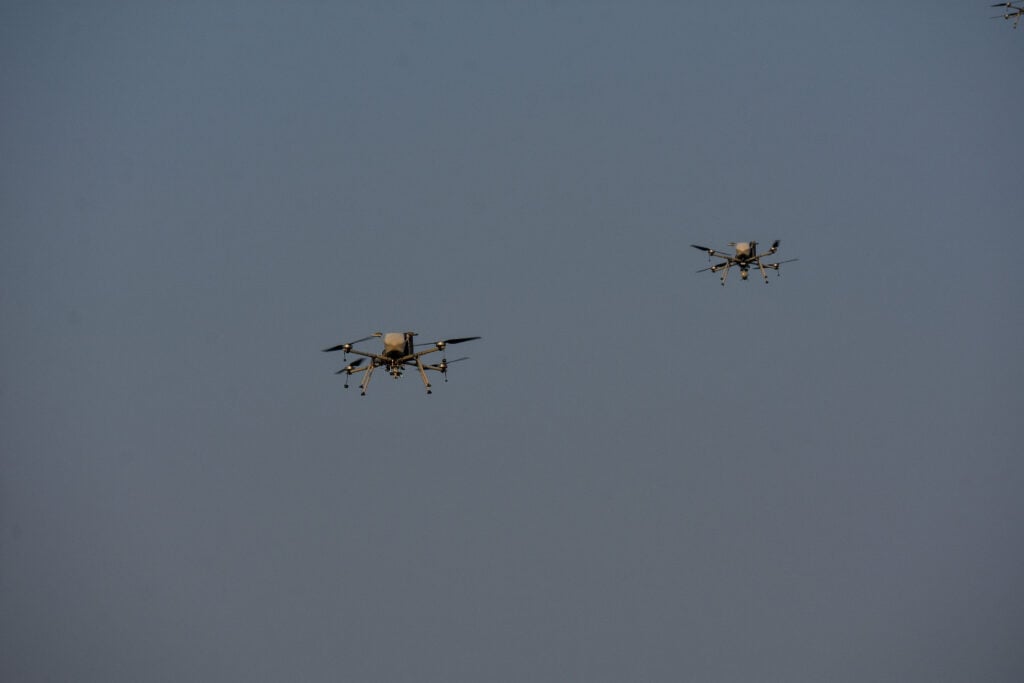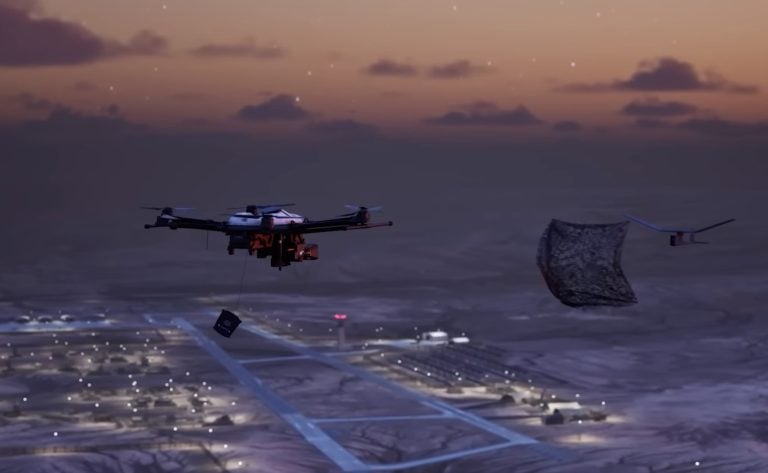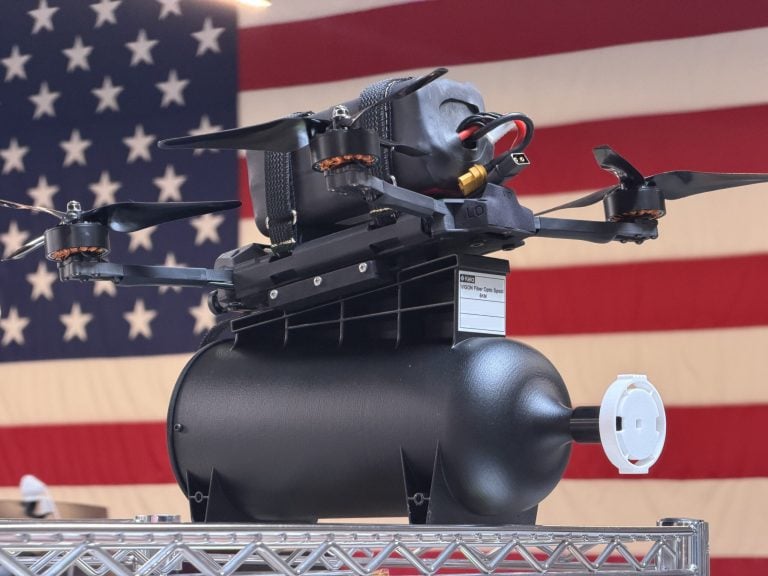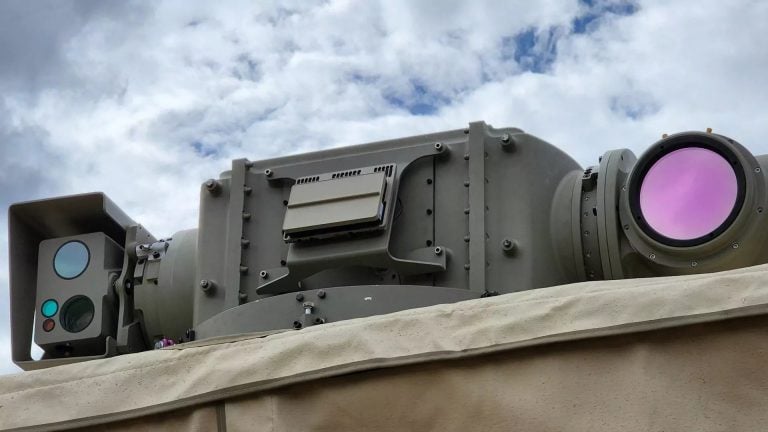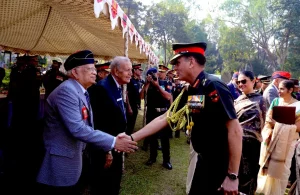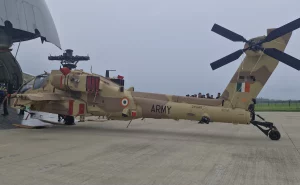India has ramped up its preparedness against potential aerial threats with a series of recent drills simulating drone attacks on critical locations, as tensions with Pakistan escalate. One notable exercise took place in Ludhiana, Punjab, where a late-night siren alerted both residents and authorities to a fictional aerial threat.
During this exercise, a coordinated emergency response unfolded involving multiple agencies, including the Indian Army, National Disaster Response Force (NDRF), local fire brigade, police, and health officials. An incident command post was established within the Dholewal Military Complex to centralize operations and streamline the emergency response. Demonstrations showcased firefighting techniques, casualty rescue efforts, and emergency medical care, aimed at equipping first responders with the necessary skills for a real-life scenario.
Deputy Commissioner Himanshu Jain emphasized the objective of the drill was to enhance public awareness and improve preparedness in the face of a potential attack.
In Rajasthan, similar defensive measures were observed, particularly in the Khatipura area of Jaipur, located roughly 480 kilometers (298 miles) from the Pakistan border. Civil defense teams executed a scenario portraying a sudden drone strike on a busy market, which resulted in a temporary blackout and necessitated a rapid evacuation. The State Disaster Response Force deployed cranes and other emergency gear to simulate the rescue efforts of trapped civilians, while residents were urged to stay calm, remain indoors, and seek nearby shelters.
In a separate event in the Uttarlai area of Barmer district, locals received a hotline message at 6 PM to signal the initiation of a mock drone strike. Emergency teams displayed their efficiency in responding swiftly, with the fire brigade tackling a simulated blaze purportedly caused by the attack.
The backdrop to these drills is a rise in tensions between India and Pakistan following New Delhi’s missile strikes on purported militant camps. These strikes were a direct reaction to the Pahalgam attack, which resulted in the tragic deaths of 26 civilians, most of whom were tourists. The recent military drills reflect India’s commitment to reinforcing its defensive capabilities amid rising security concerns in the region.
